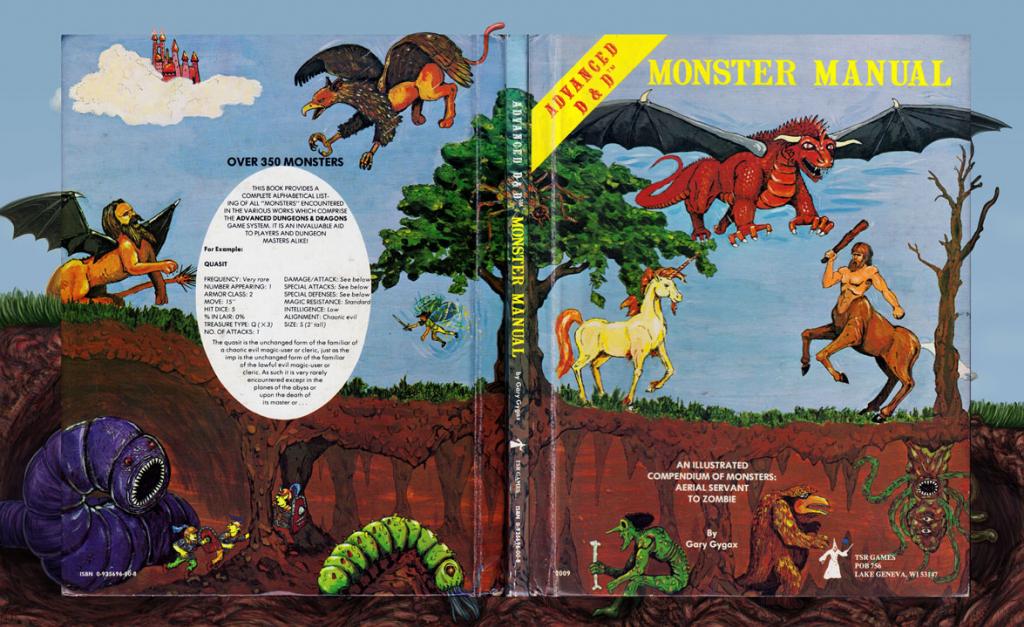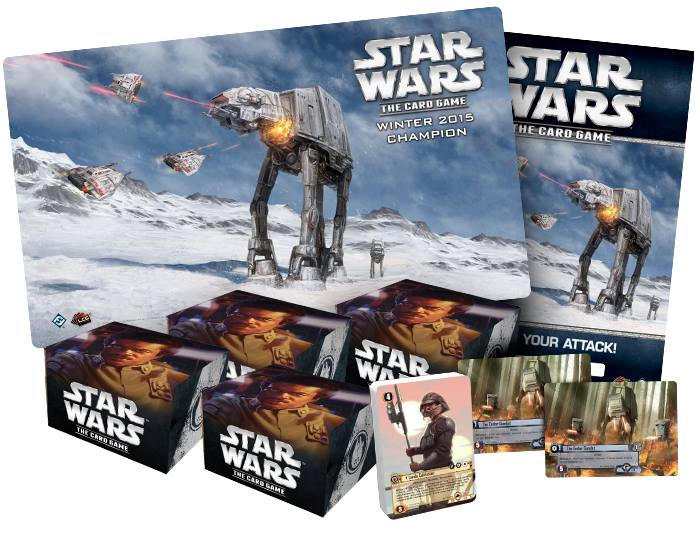This article continues a series for the St. Tammany Star Wars Gamers, as we continue our slow-grow Star Wars LCG League.
Well, the meta has shifted once more! With the addition of Edge of Darkness, the Echoes of the Force cycle, and Balance of the Force, it’s practically the Wild West out there. Here’s how I want to handle this meta shift:
- Remind you to read Alex’s excellent post about deckbuilding. It really is insightful.
- Discuss some of the new cards that were showing up last Saturday
- Give you a very brief breakdown of my decklists
The Light Side: Wookiees, Jedi Ewoks, and Sleuth Scouts
So let’s talk Wookiees. I mean, come on. These dudes are punishers. Nobody was running A Wookiee’s Journey (fwiw, I’ve never used it well), but Chewbacca’s objective set was a particular thorn in the derriere. Why? Observe:
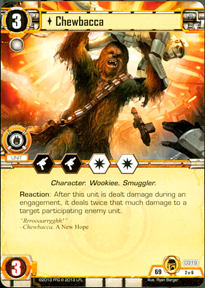
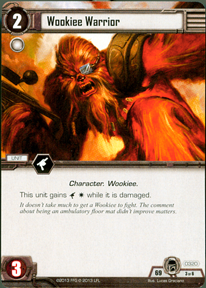
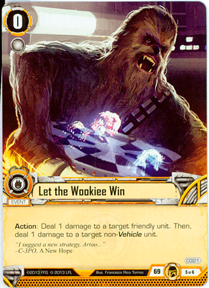
Just think on that for a few minutes. And then remember that the objective grants Wookiees Protect Character. And then put those furrballs in your deck!
Next, Jedi Ewoks? Really? We’re talking about Ties of Blood here. I like the objective and I like Leia’s Reaction, but I struggle to justify putting her on the board. A 3-cost, 2-health Vader magnet? I dunno. But that Ewok Companion with Native Support?! Just too good to pass up.
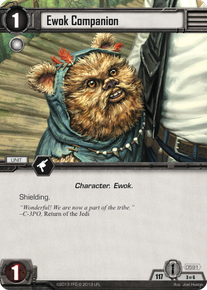
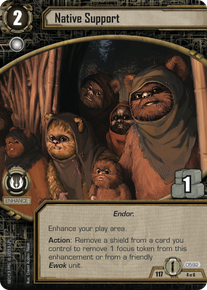
Now keep in mind that Native Support has received an errata: “Should read ‘…(Limit once per turn).'” But still! If you can get him in there, along with some other shielding units, like the ET-74 Communications Droid and its objective set, it’d be like having a Worlds-winning deck. Wait a second…
Last on deck for the Light Side is the Sleuth Scouts. I mean, seriously? No units can defend, except those that cost 0-2? That’s crazy! No, what’s crazy is when you pair it with this nonsense:

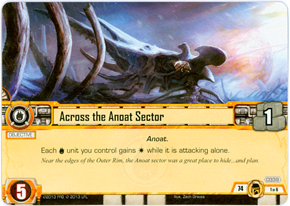
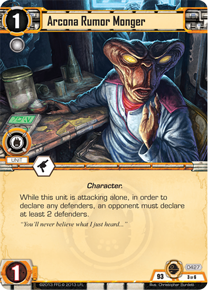

I mean, seriously. The number of confounding options is significant.
The Dark Side: Mara Jade, Galactic Scum, and the Regulars
I didn’t notice a huge shift in our DS decks last Saturday. Why not? Probably because the core Sith units are still boss. Even in the Rogue Squadron meta, they are still awesome cards. So what regulars are still popping up?
- Vader w/ his beautiful Reaction to Sith events
- Palpatine w/ his beautiful Sith events
- Counsel of the Sith: giving you a Twist and some resources
- Executor with SITH HOLOCRON
Outside of that, we did have two notable newcomers show up on the scene:
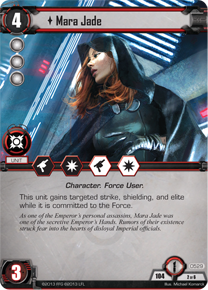
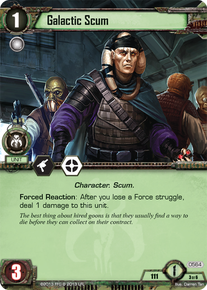
I go back and forth on Mara. Yes, she’s awesome when committed to the Force. But do you want her committed to the Force? Targeted Strike only applies when attacking, so unless you have Rage in your back pocket, you’ve got a challenging decision to make. Also, while she costs one less than Vader, she also has one less health and she lacks his awesome Reaction. I put one copy of Mara in my deck, but you’ll have to find how she works best with your strategy.
Galactic Scum, like Hired Hands for Smugglers, is a really neat card especially for battling Sleuth Scouts. Not to mention, its objective goes really great in capture decks. For that matter, an edge-enabled tactics for 1-cost with three damage? That’s like three Twi’lek Loyalists for the price of one. For what it’s worth, this set is in almost every DS deck from Worlds 2014.
What did I run?
I’ll make this quick and to the point. You can see the principles highlighted above in the decks below:
Jedi
Strategy: get all those cheap little units out there to fight the war, while Obi-Wan and Yoda keep the Force.
Sith
I basically swapped out my Hoth sets with Jerec and Mara’s sets. This may not have been the best strategy, as I got clobbered by Garrett last night. First time I’ve ever decked out in this game. I was going for a control deck, but I think I may need to add in some Scum to help with that.
Bring it on!
I’m going to leave my decks as is for this Saturday’s games. So get your Sleuths, your Wookiees, your Executors, and your Scum! Let’s do this thing! See you on Saturday.
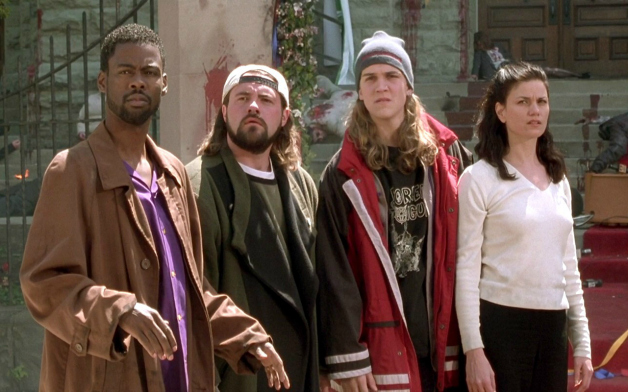 Regardless, the Christian God chose to reveal Himself in baby steps. And I like to think that Gary Gygax did the same.
Regardless, the Christian God chose to reveal Himself in baby steps. And I like to think that Gary Gygax did the same.

 Gygax is seeking to harness the Tolkienesque ambiance of the Lord of the Rings with the help of a die. I actually didn’t even notice the die in the picture until my third or fourth time looking at it. And really, the game should function the same way. The fantasy is primary–the dice, secondary. Whether or not that is how it turns out still waits to be shown (to me).
Gygax is seeking to harness the Tolkienesque ambiance of the Lord of the Rings with the help of a die. I actually didn’t even notice the die in the picture until my third or fourth time looking at it. And really, the game should function the same way. The fantasy is primary–the dice, secondary. Whether or not that is how it turns out still waits to be shown (to me).
